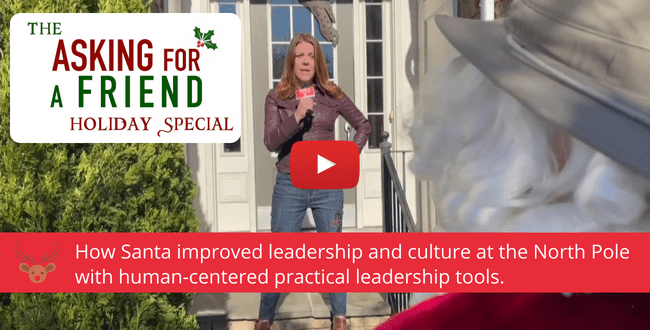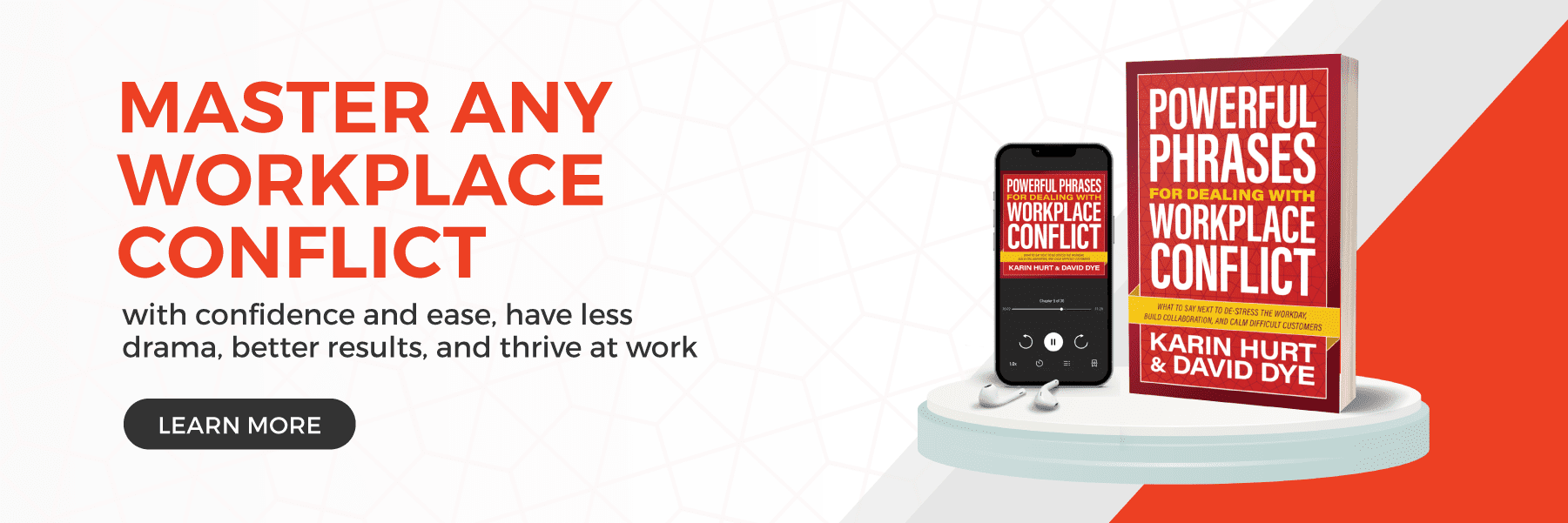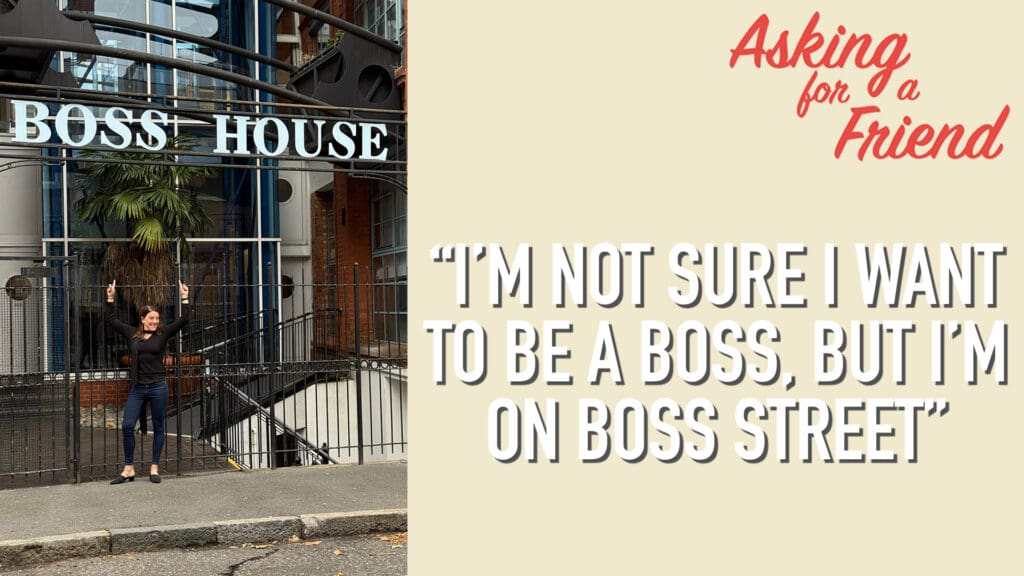A Retrospective: Santa’s Big Leadership and Culture Change
Is there anyone more beloved than Santa Claus? Today, the North Pole is a paragon of human-centered leadership and culture. But it wasn’t always that way.
In fact, Santa has a lot to teach us about leadership. You might have a fantastic personal brand and a world-renown altruistic mission, but that doesn’t mean you can ignore your leadership and culture. The North Pole used to be a very different place…
Nearly sixty years ago, the Rudolph the Red-Nosed Reindeer television show documented the poor leadership and culture at the North Pole. Santa, Donner, and the head elf had created and took part in a toxic culture of ridicule that led to poor performance.
Donner rejected his son because of his nose. Santa ignored Rudolph’s obvious talent and leaping ability because of the red glow. And the head elf ridicules Hermey’s aspiration to be a dentist.
The North Pole’s leadership and culture at the time was a great example of what we call “trickle-down intimidation.” The leaders take their cues from what happens at the top. Santa’s leadership led to dysfunction at every level. The toxic courage-crushers got so bad that the North Pole lost some of its top next-generation talent as the victims of the abusive leadership looked for opportunities elsewhere.
There’s a lesson for leaders in what happened all those years ago. When people have to use all their courage just to survive harassment, ridicule, or being overlooked for bringing their authentic selves to work, they can’t possibly bring creativity or innovative solutions to their work. They’re too busy surviving.
The North Pole Today: Can Leadership and Culture Change?
In this human-centered leader TV exclusive exposé, Karin Hurt asks hard questions to find out what has changed – and how.

We were so happy to find out Santa’s a fan of Courageous Cultures. In our world of rapid change, a courageous culture is your competitive advantage.
Start by eliminating toxic courage crushers. Then, invest in leadership and culture where leaders consistently show up with curiosity, ask people for their ideas, and build an infrastructure for courage. You’ll be on your way to high performance, high engagement, and teams who consistently share ideas, and solve problems, with leaders who reward contributions from all levels.
By the end of that frosty Christmas Eve, Santa had seen the worth in every member of his team and encouraged Rudolph’s true strength, competence, and talent. Performance soared.
The North Pole leadership team built a culture where Hermey could bring his best self to work and everyone would eventually benefit from the dental care. And if you have a team member whose ultimate passion lies outside of your work, support them. How can you help them learn all they can while contributing now? The message it sends to your team about your loyalty and commitment to them will come back many times over. (Not sure about your people’s goals? Use this Developmental Discussion tool to find out!)
Your Turn
Santa’s leadership is a cautionary tale for every leader. Do you build on your team’s talents, strengths, and competence or do you waste time, energy, and capacity focused on irrelevant “weaknesses”? Have you allowed a caustic culture of shame, blame, or intimidation to take root?
If so, Santa also shows us a positive path forward. Leadership and culture can change – and it begins with you.
Do you have the culture you want? If not, how can you avoid Santa’s leadership problems? How can you focus on the talents your people bring to work? And not obsess about the characteristics they don’t have (that don’t matter)?
How to Read Courageous Cultures With Your Team
If you missed our Courageous Cultures Leadership Book Club event, you can catch the recording here. And, in the article below, we’ve compiled a long list of supplemental FREE resources to help you encourage courage and get more remarkable ideas from your team.
Leadership Book Club: How to Read Courageous Cultures With Your Team









0 Comments